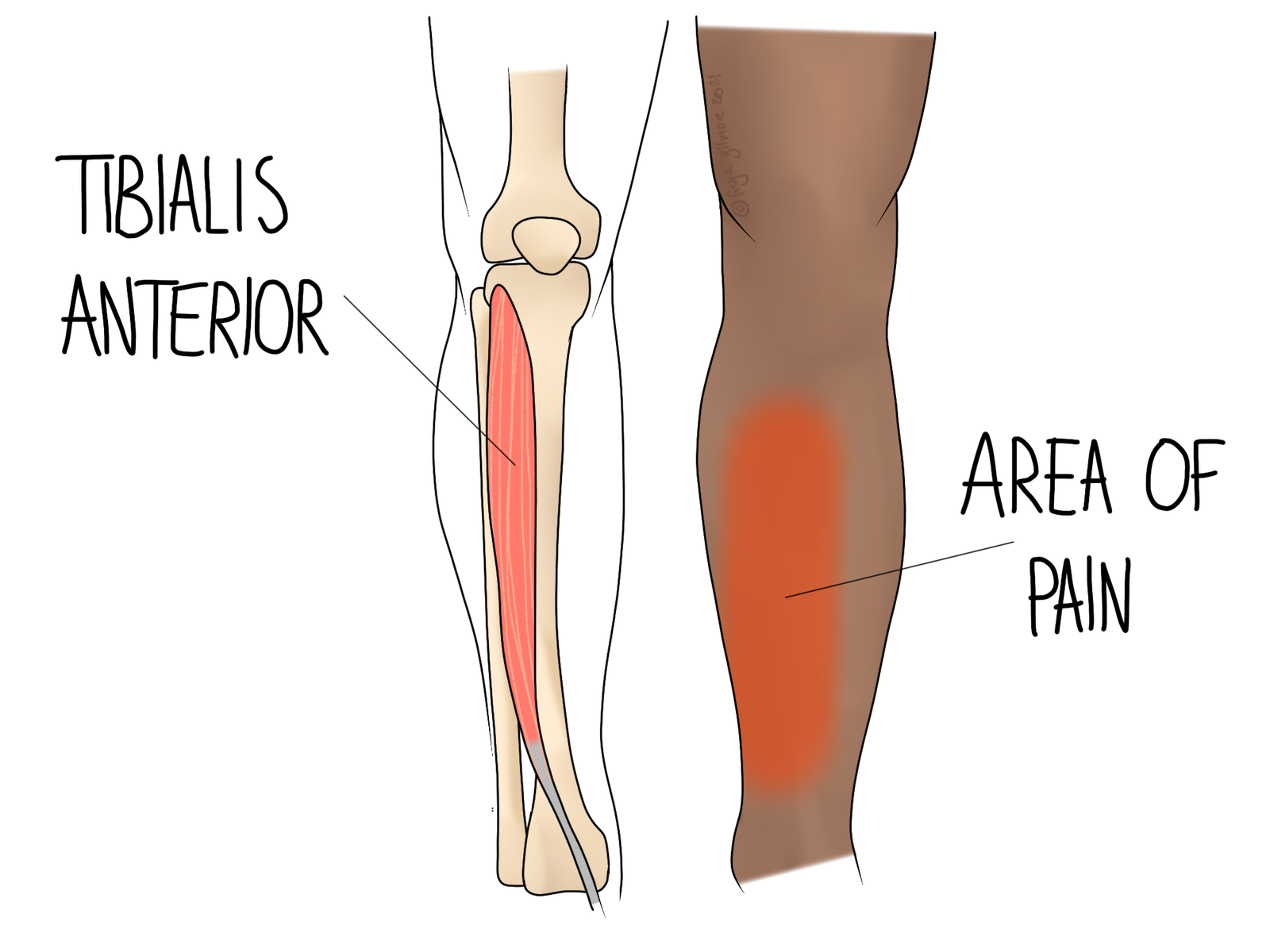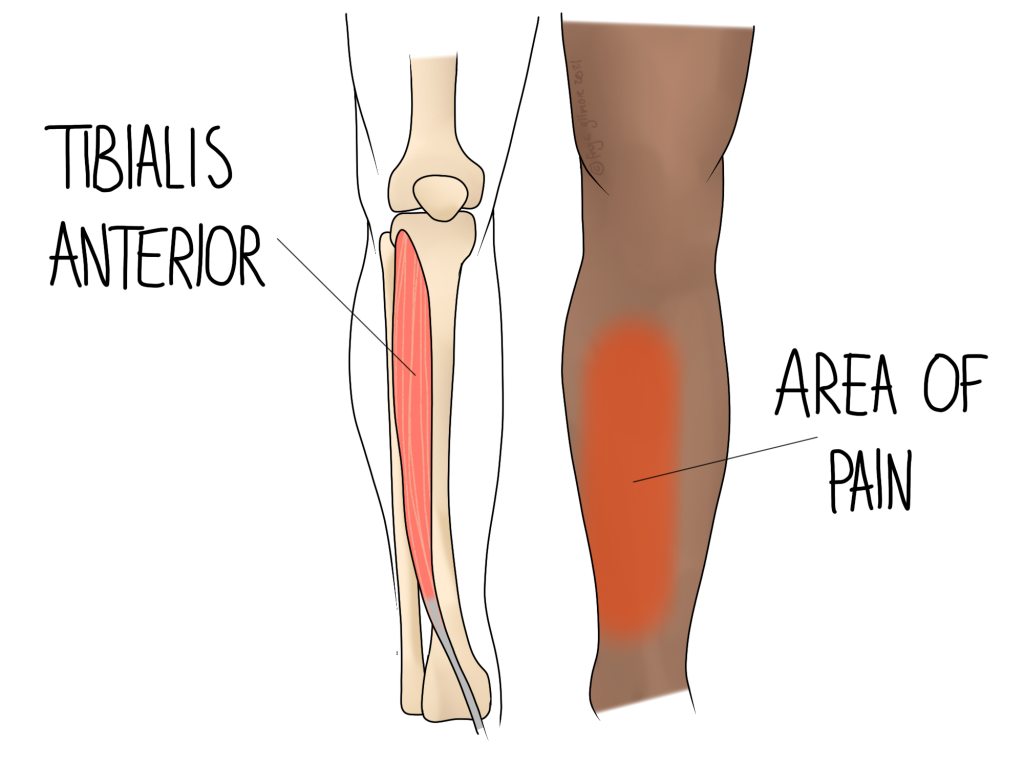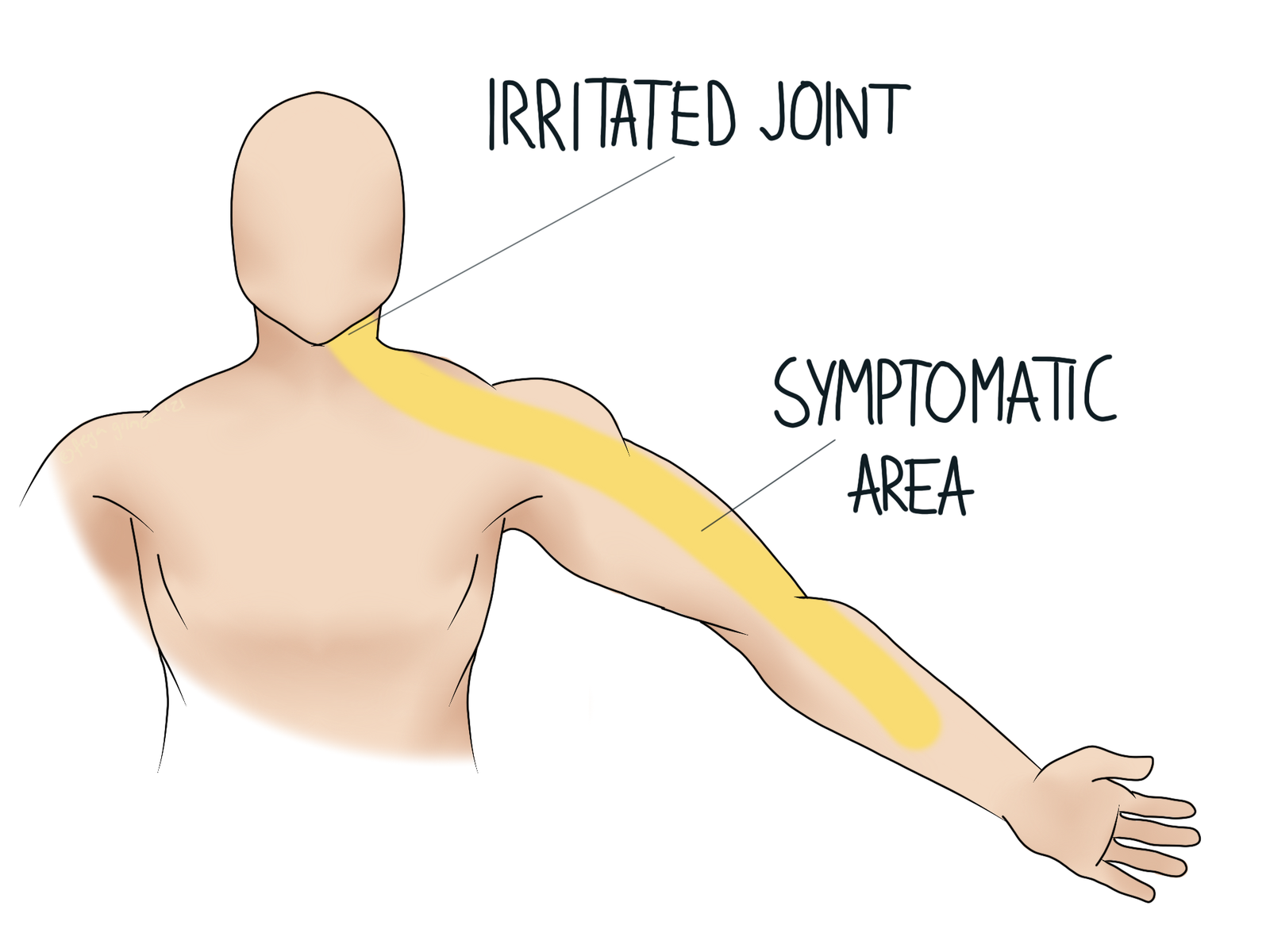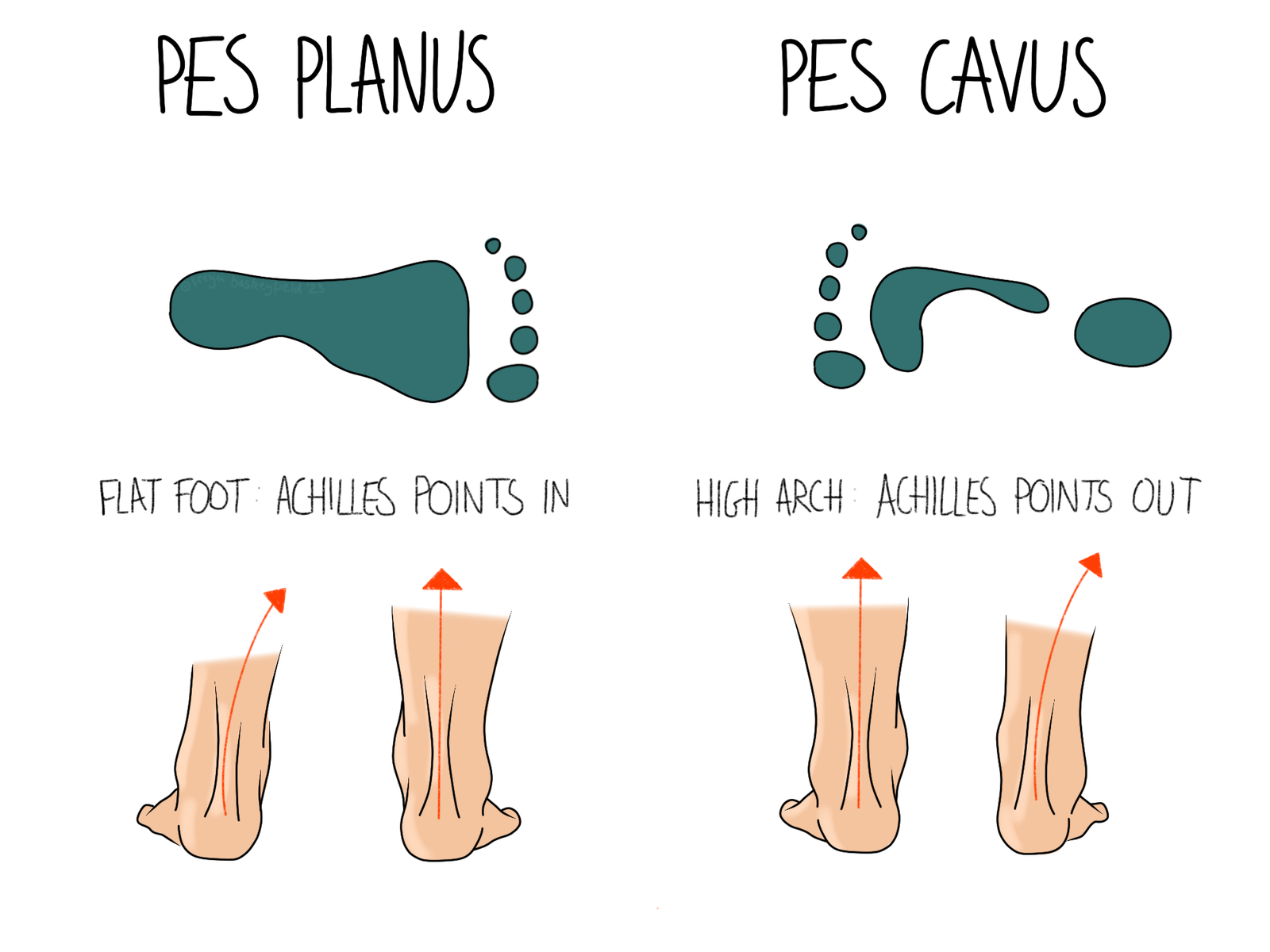"Referred pain" is when the body doesn't feel pain exactly where it should. One well…

Shin Splints
A common sports injury among runners, shin splints are poorly understood.
What we know about Shin Splints
Although the exact science behind them is unknown, we do know the basics. They are a condition of a muscle and bone. Tibialis anterior is the muscle on the front of the shin, just towards the outside. It attaches to the tibia (shin bone). The technical name is Medial Tibial Stress Syndrome, which alludes to the location and nature of the condition. Stress, in this context, refers to mechanical irritation, which often leads to inflammation.
Diagnosis
We often blame any exercise-induced shin pain on shin splints. In fact, there are a few criteria that need to be met:
- Pain is located along the inner edge of the tibia, in its lower third
- Area of pain exceeds 5cm
- Pain comes on with exercise and remains for hours after
More simple ailments, like a mild strain of the tibialis anterior muscle, may be mistaken for this condition. On the other end of the scale, there can be overlap with stress fractures. These are more likely among people suffering with shin splints, but also have a similar presentation.
Preventing Shin Splints
Episodes are often associated with overtraining and poor form. If you need to increase your frequency or intensity of training, you should do so slowly and steadily. Leave plenty of time to build up for events and competitions. Shin splints are not the only injury associated with doing too much too quickly.
Treatment and Management
Early intervention is associated with a quicker recovery. Standard procedure is rest and cool compresses. The duration of the rest period is dependent on your situation, and your osteopath can advise you here. If your shin splints are exercise related, you might be reluctant to rest. The good news is that we don’t want you to rest for too long, just enough to get past the acute phase. Once things start to settle down, we want to get you back to your chosen sport. Return should be gentle, and we can help you with a plan here too.
You might also benefit from additional modifications and exercises. For example: if your running shoes are wearing out, replacing them could make a big difference. On examination it may transpire that you could better support the injured area if you strengthened another muscle group, such as the calf. Every case is different, and we work to find the factors that affect you specifically.
There are mechanical factors involved that we can help with. Changes to the arches of the feet cause new demands on the muscle in question. These changes can result from injury or something more insidious. An example of this could be continuously wearing shoes that encourage poor foot positioning. We may be able to advise and treat this.
The condition can follow episodes of increased training or poor form. We may be able to help you manage your exercise or offer advice for proper form. Alternatively, it may be appropriate to consider seeking more specific guidance in your field. If we have the relevant contacts, we will be happy to share.



